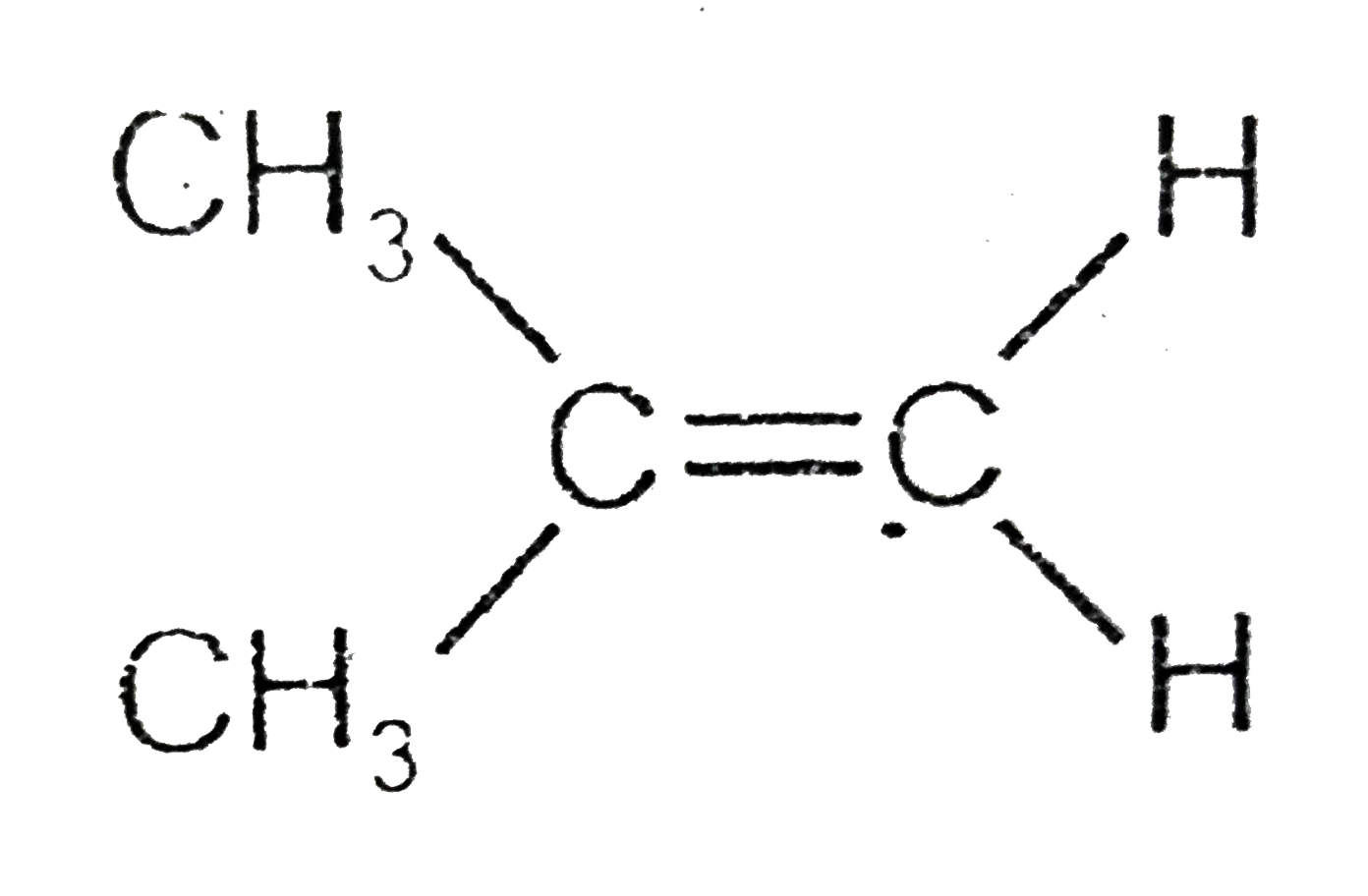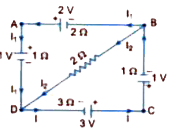Are Kirchhoff's rules applicable to both a.c. and d.c. ?
Step-by-Step Solution:
1. Understanding Kirchhoff's Laws:
- Kirchhoff's laws consist of two main rules: the Junction Law (or Current Law) and the Loop Law (or Voltage Law).
- The Junction Law states that the total current entering a junction must equal the total current leaving the junction, which is based on the principle of conservation of charge.
- The Loop Law states that the sum of the potential differences (voltage) around any closed loop in a circuit must equal zero, which is based on the principle of conservation of energy.
2. Application to Direct Current (DC):
- In a DC circuit, the current flows in one direction and the voltage remains constant over time.
- Kirchhoff's laws can be applied directly to analyze the current and voltage in DC circuits, ensuring that the conservation principles hold true.
3. Application to Alternating Current (AC):
- In an AC circuit, the current and voltage vary sinusoidally with time, meaning they change direction and magnitude periodically.
- Despite these variations, Kirchhoff's laws still apply because they are based on fundamental conservation principles that are valid regardless of the type of current.
- When applying Kirchhoff's laws to AC circuits, it is important to consider the instantaneous values of current and voltage, as well as the phase differences between them.
4. Conclusion:
- Since Kirchhoff's laws are based on universal principles of conservation, they are applicable to both AC and DC circuits.
- Therefore, the answer to the question is: Yes, Kirchhoff's rules are applicable to both AC and DC.
- Kirchhoff's laws consist of two main rules: the Junction Law (or Current Law) and the Loop Law (or Voltage Law).
- The Junction Law states that the total current entering a junction must equal the total current leaving the junction, which is based on the principle of conservation of charge.
- The Loop Law states that the sum of the potential differences (voltage) around any closed loop in a circuit must equal zero, which is based on the principle of conservation of energy.
- In a DC circuit, the current flows in one direction and the voltage remains constant over time.
- Kirchhoff's laws can be applied directly to analyze the current and voltage in DC circuits, ensuring that the conservation principles hold true.
- In an AC circuit, the current and voltage vary sinusoidally with time, meaning they change direction and magnitude periodically.
- Despite these variations, Kirchhoff's laws still apply because they are based on fundamental conservation principles that are valid regardless of the type of current.
- When applying Kirchhoff's laws to AC circuits, it is important to consider the instantaneous values of current and voltage, as well as the phase differences between them.
- Since Kirchhoff's laws are based on universal principles of conservation, they are applicable to both AC and DC circuits.
- Therefore, the answer to the question is: Yes, Kirchhoff's rules are applicable to both AC and DC.
Topper's Solved these Questions
- CURRENT ELECTRICITYBOOK - PRADEEPCHAPTER - CURRENT ELECTRICITYEXERCISE - Short Q/A
2 Videos
- CURRENT ELECTRICITYBOOK - PRADEEPCHAPTER - CURRENT ELECTRICITYEXERCISE - Long Q/A
1 Videos
- CURRENT ELECTRICITYBOOK - PRADEEPCHAPTER - CURRENT ELECTRICITYEXERCISE - Conceptual Problems
3 Videos
- COMMUNICATION SYSTEMSBOOK - PRADEEPCHAPTER - COMMUNICATION SYSTEMSEXERCISE - MODEL TEST PAPER-2
9 Videos
- DUAL NATURE OF RADIATION AND MATTERBOOK - PRADEEPCHAPTER - DUAL NATURE OF RADIATION AND MATTEREXERCISE - Exercise
191 Videos
Similar Questions
Knowledge Check
Chargaff's rule is applicable to :
Asingle stranded RNABsingle stranded DNACdouble stranded DNADsingle stranded DNA and RNAHund's rule is applicable for:
A3px,3py,3pzB3s, 3p, 3dC6s, 5p, 4dDAll of the aboveMarkovnikov rule is applicable to
ACH2=CH2BCH3−CH2−CH3CCH3−CH=CH−CH3D
State Kirchhoff's rules . Apply Kirchhoff's rules to the loops ACBPA and ACBQA to write the expressions for the currents I1,I2 and I3 in the network .
View SolutionUsing Kirchhoff's rules, calculate the potential difference between B and D in the circuit diagram as shown in Fig.

View SolutionAssertion (A): Kirchhoff's junction rule is applicable for any number of lines meeting at a point in an electrical circuit.
Reason (R): When there is a flow of steady current, then there is no accumulation of charge at the junction.
View SolutionMarkownikoff rule is best applicable to
View SolutionA : Kirchhoff's Current law is applicable at any junction isor node in the circuit.
R : Kirchhoff's laws are general in nature .
View Solution
